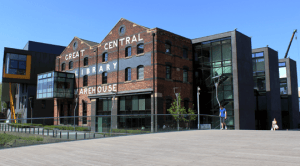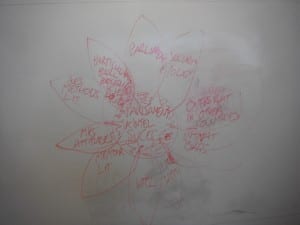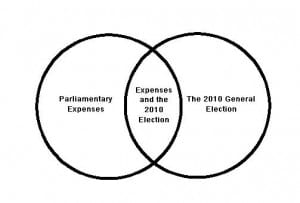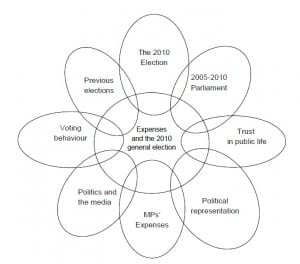This excellent post by Pat Thomson, Professor of Education at the University of Nottingham is essential reading. Professor Thomson, blogs about academic writing and research, and her posts are well worth following.
In this post Professor Thomson deals with the knotty and often ignored question of the difference between aims and objectives. She begins by noting that the problem of identifying a clear definition of aims and objectives is something for which dictionaries, and it might be added, research methods text books, are not particularly helpful.
She goes on to explain that aims relate to the overall intention of the research, what you hope to find out, show or illustrate. While objectives are the means by which you get there. Aims should be broad and there shouldn’t be too many of them, our research shouldn’t try to do too many things at once. Objectives should be a series of clearly defined steps which will enable us to achieve our aim.
It is important that research has both aims and objectives. Defining them is closely bound up with justifying our research in two important respects i) explaining why the research is worthwhile and needs to be carried out and ii) making it clear that we have some idea about how to go about it. It is no good identifying an aim if we have no idea how we are going to achieve it. Similarly, we shouldn’t carry out research without knowing what it is we want to know. That’s not the same as anticipating our results but does mean having some idea about what we want to find out about and why. Which brings us back to having a clear research question.
Confusion about this is not as uncommon as you might think. I have heard very experienced academics, who should know better, explain that the aim of their research is to collect or provide information about something. You might be very good at doing this, academics are often very good at collecting and indeed analysing data. But the important point is that all of that data and analysis should tell you something. The aim of your research should never simply be to collect information! We can easily forget this when we are in the midst of designing clever data collection instruments and frantically collecting data.
Imagine a group of researchers trying to secure funding for a large scientific research project. The objectives of their research involve crashing sub-atomic particles into each other at high speed. Nobody has done this before and they think they have come up with a sure-fire way of achieving it, which involves building a circular structure about 17 miles long, around which particles will be accelerated and then crashed into each other at high speed causing them to break up. Building such a structure and then operating it effectively will be a remarkable achievement. The methodology alone for such a project would fill several volumes. However, no matter how clever and novel the process might be, nobody would fund such research unless the researchers were able to explain the point of such activity. Those clever researchers at CERN are not firing particles at each other just for fun, nobody pays researchers just to have fun. The Large Hadron Collider is a very large and complex data collection instrument, which amongst other things aims to prove the existence of particles, the existence of which has hitherto solely been a theoretical proposition. It aims to do a whole lot of other things as well, but I’m no Brian Cox (something with which I’m confronted on an almost daily basis).
The LHC is a useful example of the relationship between aims and objectives in another respect, in that it illustrates that the aims of our research may not be defined by us. The theoretical proposition being tested at the LHC was first expounded by a group of physicists, including Peter Higgs, in 1964. Which is a timely reminder to read widely, not to dismiss work which was written before we were born, or before the internet, and that the most important part of research papers may the section at the end which identifies the questions the author was unable to answer. In the social sciences as well as the natural sciences, it is important to remember that there are many more questions out there than there are answers. Answering those questions should be our aim, how we go about it will define our objectives.
I digress, but in case you’ve forgotten where we came in, read Pat Thomson’s excellent practical guide to identifying your aims and objectives.





